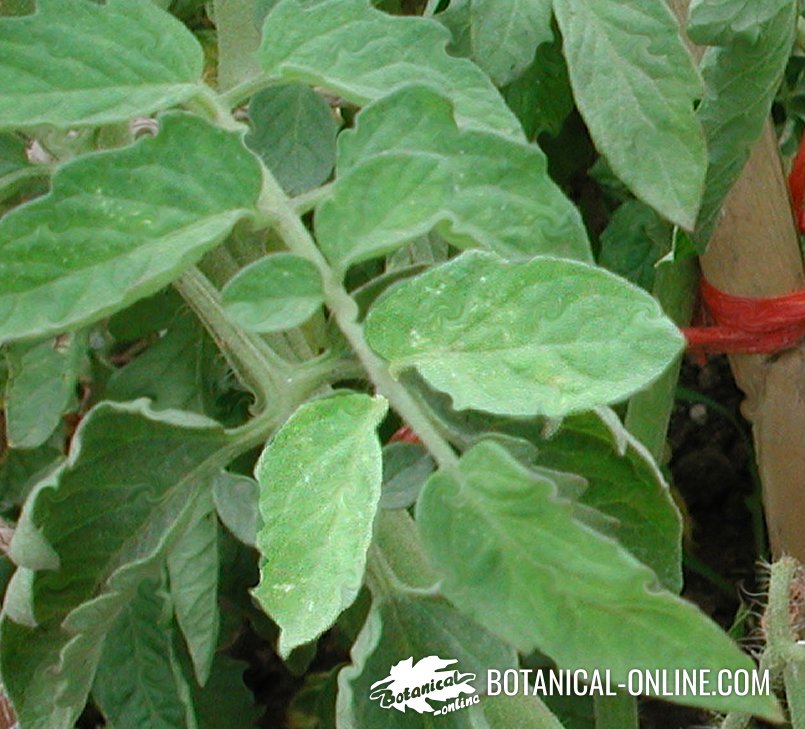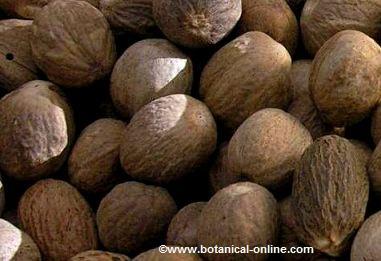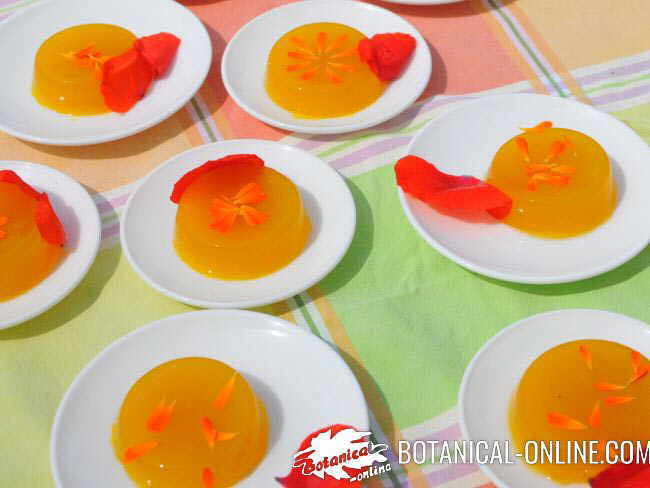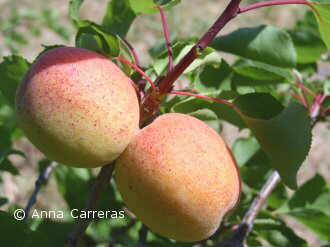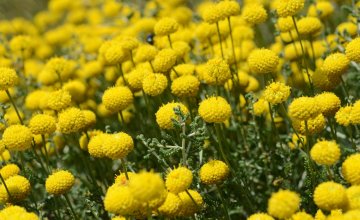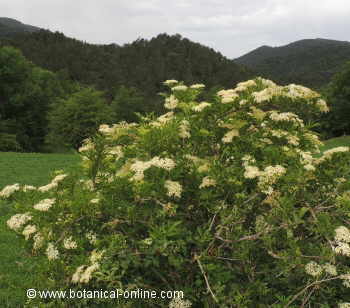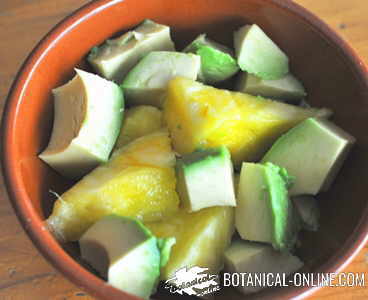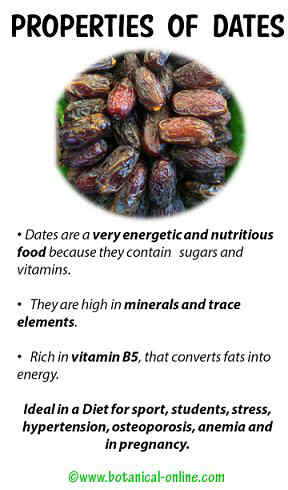Contents
Millet origin
There are many different versions about the origin of millet. The truth is that, due to its consumption began thousands of years ago, there is no certain way to precise it.
Its consumption has been known for more than 5,000 years, but not in a particular area, but in different parts of the world, such as eastern India, Asia, Africa,…
There is a theory that millet was the sustenance of mankind until it stopped being nomadic and started to cultivate other cereals. This is because it grows wild without being cultivated. What is known is that the Chinese were the first to perform this crop.
In the European areas, consumption increased during the Middle Ages.
Currently its use is mainly intended for the production of feed for animals, usually for birds, while its popularity is increasing in recent years.
Why is a cereal more consumed that other?
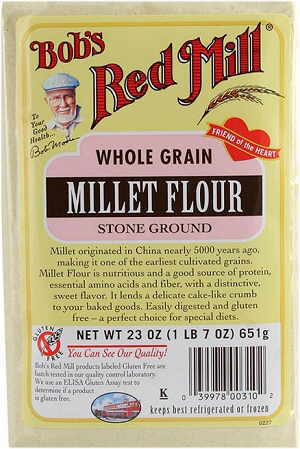
Millet flour
Currently, one cereal is more consumed than others depending on the area the world. Such consumption depends on culture, climate, technological and economic means, among other factors. That is, in Africa, for example, millet is the most consumed, but in Europe, the main one is wheat; corn in Latin America or rice in China and India.
In addition, assuming the same cereal is consumed, in each area it is elaborated with their own characteristics, which differ substantially from others.
What dishes are prepared with millet?
On the same continent, such as Africa, in the area of Cameroon, millet is made with fish, meat or vegetables and hot sauce, but, in Niger, which is a little further north, they make Hura, that is millet with fermented milk and pepper, ketchup or okra (Abelmoschus esculentus), a herbaceous plant.
Further east, in Somalia and Sudan is shaped in pancakes made with camel milk. Sour pancakes in Eritrea of millet are fermented in water and in Kenya and Tanzania are made in the form of porridge.
In the west, in Guinea-Bissau it is mixed with peanut sauce. In Senegal, with vegetables sauce, meat or fish, milk and sugar. In Gambia, “couscous“.
In the south, in Botswana it is served as sour porridge.
![]() More information on millet.
More information on millet.

